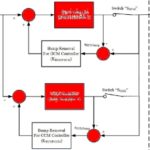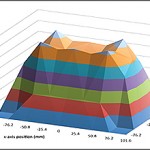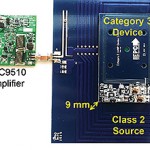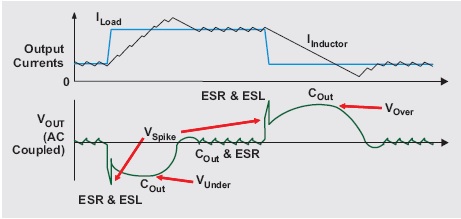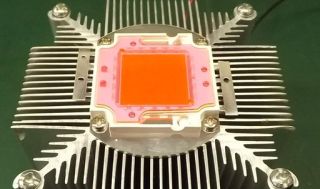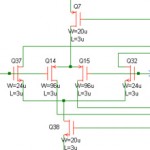It can be difficult to correct for power factor in converters that have different conduction modes. A special technique can make corrections smoothly. By Joel Steenis, Alex Dumais, MICROCHIP TECHNOLOGY, INC. DESIGNERS of power factor correction (PFC) circuits will invariably notice distortion as the input current approaches zero. The distortion problem becomes progressively worse at […]
FAQ
Wireless charging efficiency: how to measure in the real world
by John Perzow, Wireless Power Consortium When it comes to energy efficiency, there are significant differences in competing wireless charging methods. There are a lot of claims made about the energy efficiency of wireless charging schemes. Engineers are understandably skeptical. After all, it is hard to envision how two induction coils sitting some distance away from each […]
Multiple charging modes from a single amplifier
by Michael A. de Rooij, VP, Applications Engineering, Efficient Power Conversion Though there are two standards for charging appliances wirelessly, a single circuit can be devised to serve as a charging node for both of them. The good news about wireless charging techniques is that they do away with messy wiring that tethers phones and […]
Ceramic or electrolytic output capacitors in DC/DC converters – Why not both?
By Michael Score, Texas Instruments Switching power supplies are used in almost every end-equipment that needs a long battery life, low heat generation, or to meet ENERGY STAR® guidelines. When designing a switching power supply, it is difficult to decide which output capacitor type to use. Electrolytic capacitors have high equivalent series resistance (ESR), making […]
Basics of cooling transistors, IGBTs,
and power FETs with heat sinks and PCBs
By Chris Francis When designing any electronics that consumes a significant amount of power you need to consider where that power is going to go. With power electronics –such as IGBTs, power FETs, or power transistors — you might be expecting most of it to end up in your load but there will be some which doesn’t. Even […]
Choking off EMI/RFI in off-line switchers
by Jim Earley, President, Premier Magnetics Electromagnetic interference (EMI) and radio frequency interference (RFI) are natural byproducts of switching power supplies. Much of this noise arises as a direct result of the large voltage swings caused by short-duration charging and discharging in the power supply circuitry. Common mode noise, which is generated through the power […]
Understanding op amp input stages
Choosing an op amp and getting the best out of it involves some understanding of what is inside the chip, particularly the input stage. Simple bipolar input stage A conventional bipolar opamp will usually have a long-tailed-pair with two NPN or PNP input transistors as shown below. This explains the limited working range of a […]

